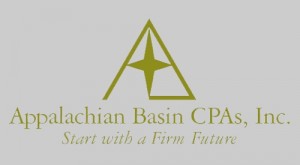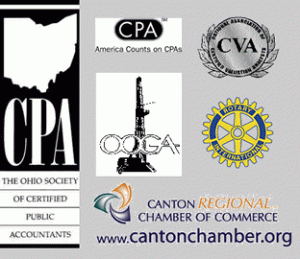 Owners of specialized real estate are missing out on tax advantages. And they have been for some time. These advantages hinge upon depreciation rules which, in some cases, allow property owners to write off building and land improvements over as few as five years. For commercial property owners in Carroll County, Ohio and Columbiana County, Ohio, this makes for much larger deductions than the general 39-year depreciation period. Same goes for owners of income-producing residential property in Harrison County, Ohio and Stark County, Ohio who are depreciating property over 27.5 years. And Appalachian Basin CPAs in Canton, Ohio can help all get bigger tax breaks by replacing existing accounting methods with cost segregation.
Owners of specialized real estate are missing out on tax advantages. And they have been for some time. These advantages hinge upon depreciation rules which, in some cases, allow property owners to write off building and land improvements over as few as five years. For commercial property owners in Carroll County, Ohio and Columbiana County, Ohio, this makes for much larger deductions than the general 39-year depreciation period. Same goes for owners of income-producing residential property in Harrison County, Ohio and Stark County, Ohio who are depreciating property over 27.5 years. And Appalachian Basin CPAs in Canton, Ohio can help all get bigger tax breaks by replacing existing accounting methods with cost segregation.
If you are not currently benefiting from cost segregation, you may be surprised to know that the method was popular in the 1980s and revived in 2002. That means owners of fast-food restaurants, stores, apartment buildings, manufacturing property, and other types of specialized real estate using other accounting methods have been selling themselves short for more than a decade at minimum.
 As cost segregation allows building improvements including wall coverings and supplemental air conditioning to be reclassified and depreciated as personal property, the benefits can be significant. Add in like allowances for land improvements including swimming pools and tennis courts, and the reasons to drop other accounting methods start piling up. As do tax benefits since depreciation rules per cost segregation allow some types of personal property to be depreciated over five or seven years with land improvements write offs capped at 15 years.
As cost segregation allows building improvements including wall coverings and supplemental air conditioning to be reclassified and depreciated as personal property, the benefits can be significant. Add in like allowances for land improvements including swimming pools and tennis courts, and the reasons to drop other accounting methods start piling up. As do tax benefits since depreciation rules per cost segregation allow some types of personal property to be depreciated over five or seven years with land improvements write offs capped at 15 years.
To clarify the figure-to-figure comparisons likely swirling around your mind right now, consider this example published in the Wall Street Journal’s Real Estate Journal. Per the Journal, an owner of a manufacturing building that cost $4.6 million to develop could depreciate the property by $120,000 using the simple 39-year IRS formula. But by using cost segregation to reclassify development costs that were not part of the building’s structure, the property owner could depreciate the facility by $397,000 in the first year.
While the benefits of this accounting method are clear, its specifics can appear cloudy to the untrained eye. For example, the segregating method can be combined with the 30 percent bonus depreciation provision made possible by the 2002 economic-stimulus package. It can also be used for old and new property and applied to amendments. But per an IRS memorandum that expressed the agency’s disagreement with the US Tax Court’s list of items that can be reclassified, there is no clear definition for exactly what constitutes personal property and land improvement.
Instead, there is reason for owners of specialized real estate to seek expert tax advice. And should that real estate be a restaurant in Carroll County, an apartment complex in Columbiana County, a string of gyms in Stark County, or a hotel in Harrison County, Appalachian Basin CPAs in Canton can help. The local team of certified value analysts can dissect building and land improvements to ensure accurate reclassifications and maximum tax benefits.
To learn more about the services that the local tax experts provide, visit www.abbacpas.com. Should you rather discuss your building and land improvements in respect to the depreciation rules and determine how cost segregation can benefit you better than other accounting methods, call 330.437.1182 to schedule a consultation. The team at Appalachian Basin CPAs is well versed in both tax specifics and the unique particulars of businesses in Carroll County, Ohio; Columbiana County, Ohio; Stark County, Ohio; and Harrison County, Ohio. This includes entities in the oil and gas industry which are Appalachian Basin CPAs’ specialty.
Appalachian Basin CPAs
213 Market Ave North
Canton, Ohio 44702
330.437.1182
www.abbacpas.com
